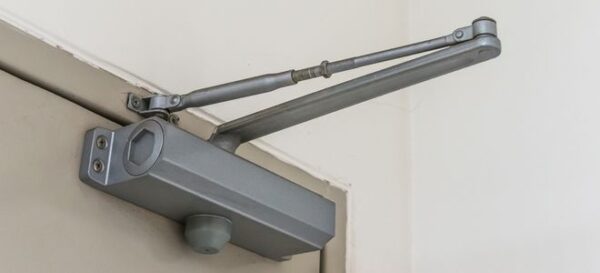Ride Hailon Major Ola on October 5 announced the acquisition of Geospoc, Pune-based geospatial service provider.
As part of this agreement, Dhruva Dhruva Dhruva GeoSPOC and team of scientists and engineers will join Ola to develop technology that will make accessible, sustainable, preserved, and comfortable mobility across vehicles together and private, said the company in a statement. Provisions of the agreement are not disclosed.
This acquisition approached Ola Electric heels raised financing $ 200 million led by Falcon Edge, Softbank and others, with a $ 3 billion rating.
Starting in 2014, GEOSPOC specializes in geographic information systems (GIS) and location-based technology, providing intelligence from location-based analytic to its customers. Currently has the presence in India, the United States, Britain and Finland. Among his clients including Swiggy, Tomtom, Starbucks, Indian state bank, Bajaj Finserv, Munich Re and Bajaj Allianz.
This acquisition is in line with the company’s new mobility strategy, where CEO of Bhavish Aggarwal hopes that personal sharing and mobility to grow significantly in this country through a combination of electrical vehicles built at a cost of reducing costs, the comfort of digital retail and cloud driving that allows personalization.
In September, Aggarwal said that Ola provided access to multi-capital mobility to 100 million people through taxis, automatic rickshaws, two-wheeled, wapper of the day, and vehicle outstation, but only contributed 7 percent of the country’s population.
To expand this to a larger audience, the company aims to make it more affordable and can be accessed using an electric vehicle that is tailored to a variety of shared mobility needs. Ola also plans to expand the reach of its electric vehicles with more scooters, bicycles and cars in the coming quarter.
These steps will require investment in the next generation technology, including geospatial location and technology, and progress in satellite image conversion into a real-time map and 3D maps, HD and vectors, said Aggarwal on October 5.
He added that the map must also increase in various ways as penetration of shared and personal mobility increasingly in the country. For example, accurate and rich maps with “high user context” must be available for users outside the first 100 million users and multi-capital transportation options will require geospatial intelligence to provide better suggestions for users.
“Maps need to consider the three-dimensional views of the world as air mobility models such as drones become more mainstream. Autonomous driving will require HD and 3D maps that will offer superior visualization, dynamic real-time updates based on road conditions, traffic, and weather” said Aggarwal.
Enhanced geo-spatial services will also help open the way for better urban planning such as clarity in road networks, better public transportation and traffic congestion issued, he said.
“We have data and expertise to build this utilize our deep understanding and our large network consisting of 2.3 and 4WS (wheels) that provide unprecedented geo-spatial details. We can coat new data like that as an image Satellite and visual feed from our network in the field to build a ‘life map’ that embodies changes in our world landscape, “Aggarwal said on BlogPost.
Ola Inti Core Core Authority Unit also prepares to list the public market immediately, who collected $ 500 million from Warburg Pincus and Temasek, gave the initial supporter of tigers and matrices part of the company.




